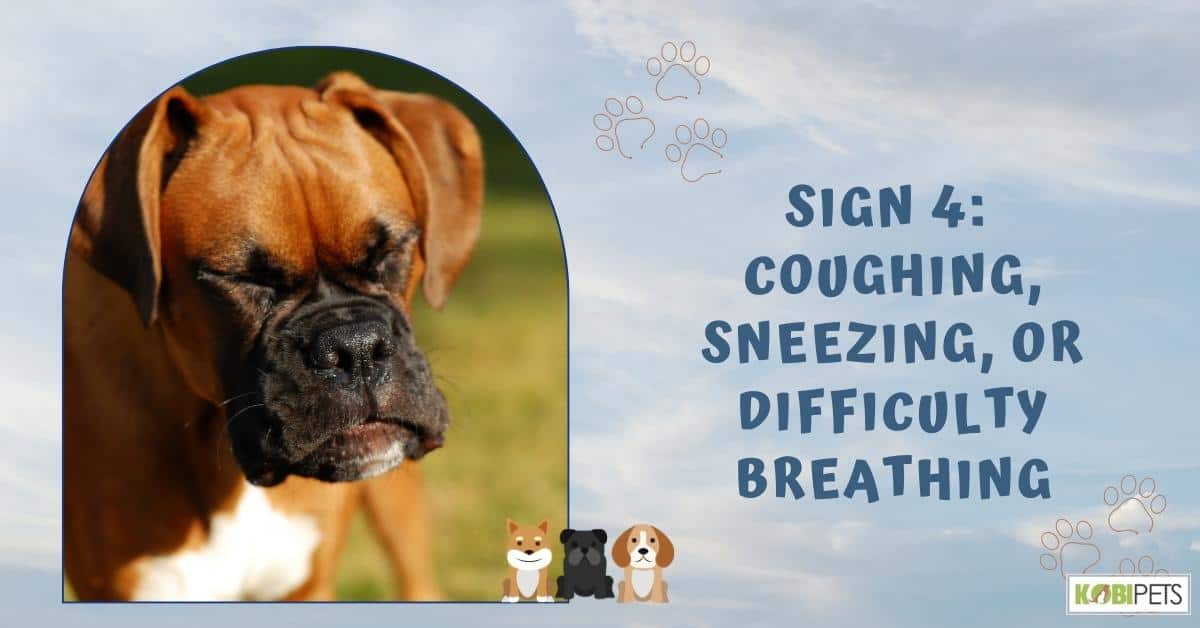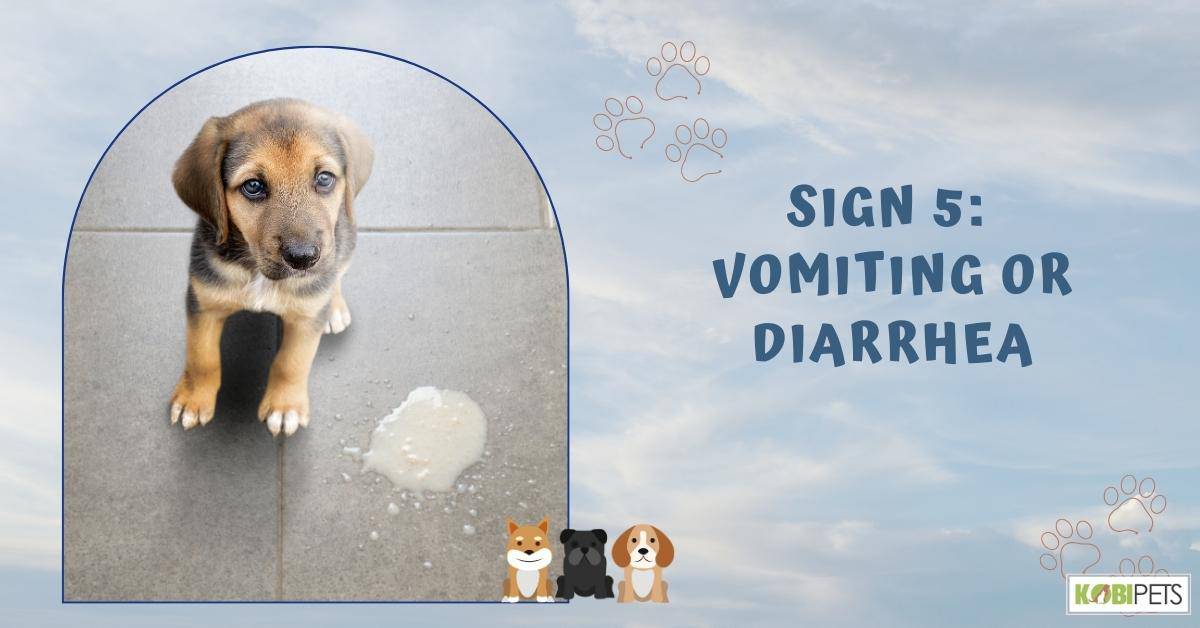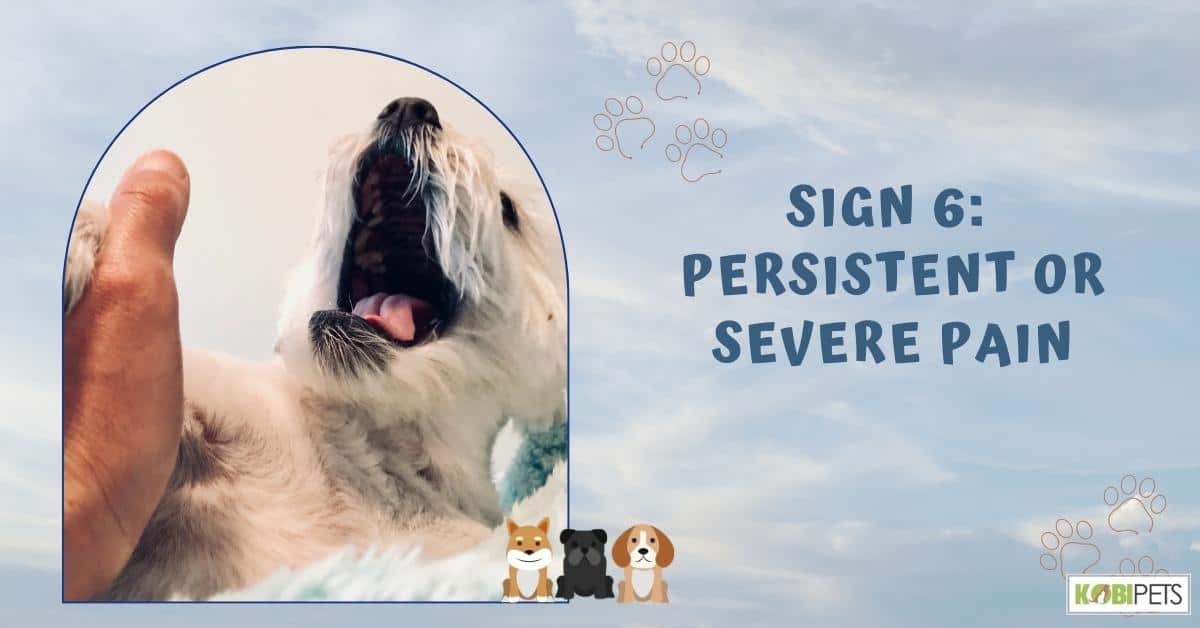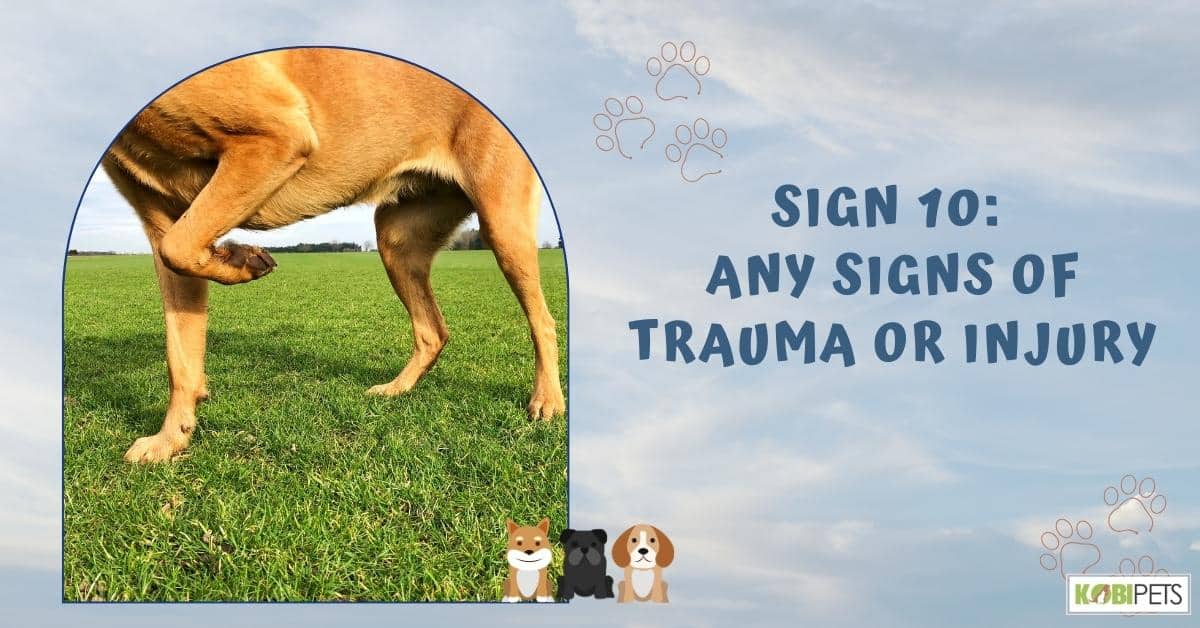
Having a pet can bring so much joy to your life. From their playful antics to unconditional love, it’s hard not to feel connected to your furry companion. But as with all living things, they require care and attention in order to stay happy and healthy. One of the key components of this is knowing when it’s time to visit the veterinarian. In this blog, we’ll explore the signs that it’s time to make an appointment with your vet and how regular visits can help keep your pet in tip-top shape.
Sign 1: Persistent or Sudden Changes in Appetite or Weight
Changes in appetite or weight can be a sign of a serious health problem in pets. If your pet suddenly stops eating or is eating less than normal, it could indicate a digestive issue, a dental problem, or even a serious illness. Similarly, if your pet is losing weight without explanation, it could be a sign of an underlying condition that needs to be addressed.
It’s important to consult with your vet if you notice any persistent or sudden changes in your pet’s appetite or weight, as this can be an early indication of a serious health issue that requires prompt attention.

Sign 2: Excessive Drinking or Urination
Excessive drinking or urination can be a sign of a serious health problem in pets. If your pet is drinking more water than usual or is urinating more frequently, it could indicate a urinary tract infection, diabetes, or kidney disease. Increased thirst and urination could be also side effect of certain medications.
It’s important to consult with your vet if you notice any excessive drinking or urination, as this can be an early indication of a serious health issue that requires prompt attention. It is also important to keep an eye on the color, smell, and consistency of your pet’s urine, as any abnormalities could also be a sign of a health problem.

Sign 3: Loss of Energy or Lethargy
Loss of energy or lethargy in pets can be a sign of a serious health problem. If your pet seems to be less active than usual or is sleeping more than normal, it could indicate an underlying condition such as anemia, infection, or chronic pain. Pets who are lethargic may also have a decreased appetite and may be less responsive to their owners.
It’s important to consult with your vet if you notice any loss of energy or lethargy in your pet, as this can be an early indication of a serious health issue that requires prompt attention. Your vet will be able to perform a physical examination and run any necessary tests to determine the cause of your pet’s lethargy and provide appropriate treatment.

Sign 4: Coughing, Sneezing, or Difficulty Breathing
Coughing, sneezing, or difficulty breathing can be a serious concern for pet owners. These symptoms can indicate a variety of respiratory problems, from common issues like kennel cough to more serious conditions such as pneumonia or asthma. Pets who are coughing or sneezing may also have a nasal or eye discharge.
Difficulty breathing can be a sign of an obstruction in the airway, or a heart or lung problem. It’s important to take your pet to the vet if you notice any of these symptoms, as early diagnosis and treatment can make a big difference in your pet’s recovery.

Sign 5: Vomiting or Diarrhea
Vomiting or diarrhea can be a sign that something is wrong with your pet and should not be ignored. These clinical signs often indicate an underlying medical condition that requires treatment in order for your pet to feel better.
Regular checkups are essential for maintaining good health and catching any potential issues before they become more severe. If you suspect anything is wrong with your pet, it is best to err on the side of caution and bring them in for a visit.

Sign 6: Persistent or Severe Pain
Severe or persistent pain is another sign that should not be ignored and should bring your pet to the vet as soon as possible. Pain can be a sign of an underlying medical condition or injury that requires medical attention in order for your pet to feel better.
If your pet is displaying signs of discomfort, such as whimpering, shaking, avoiding certain areas or movements, or showing signs of aggression when being touched in certain areas, then it could be time to see a veterinarian.
It is important to keep an eye out for any sudden changes in behavior that could signal pain and get your pet checked out by a professional if needed. Regular vet visits are an essential part of maintaining the good health of your pet and catching any potential problems before they become severe.

Sign 7: Changes in Behavior or Loss of Coordination
Changes in behavior or loss of coordination can be indicative of several serious conditions in pets, and any signs of either should prompt an immediate visit to the vet. Pets can’t tell us how they’re feeling, so it’s up to pet owners to recognize shifts in their behavior or activity levels as potential indicators of health problems.
Cats and dogs that become lethargic, are reluctant to exercise or engage in activities, sleep more than usual, display sudden changes in eating habits, stop responding to commands they know, or seem clumsy and uncoordinated may be facing medical issues that need attention. Since animals often try to mask symptoms until they reach a critical point, being aware of these warning signs is vital for ensuring pets stay happy and healthy.
Taking care to act quickly on any changes allows pet owners the best opportunity for treating their furry family members with the respect and attention they deserve.

Sign 8: Lumps, Bumps, or Other Abnormal Growths
Pets, like humans, tend to get lumps, bumps, and other abnormal growths from time to time. While most of these are benign and nothing to worry about, it is important to get these oddities checked by a veterinarian so they can properly diagnose the issue—and more importantly, rule out cancer as a cause.
From cysts that are visible under the skin to hard tumors that may be easy to spot (especially in older pets), even small lumps or bumps should not be ignored. Don’t rely on internet “diagnoses” or wait for the growths to simply go away before consulting a vet—it could mean the difference between catching something serious early and being told bad news much later.
Any type of abnormal growth should make you call your veterinarian right away. That’s why it’s essential to stay vigilant and inspect your pet’s body regularly so you can identify any suspicious lumps or bumps early on. Don’t hesitate: It’s always better to err on the side of caution!

Sign 9: Changes in Skin, Coat, or Nail Health
As a pet owner, it is important to take any changes in the skin, coat, or nail health seriously and make sure to take your pet to the veterinarian right away. Changes that warrant an immediate trip to the vet include excessive scratching, bumps or lesions on the skin, visible parasites or mites on fur, and patches of hair loss.
If your pet’s coat has lost its healthy sheen and become dry or if there has been a dramatic change in fur color and texture, this could be indicative of a larger medical problem and should also be brought to the attention of the vet. Lastly, pay attention to your pet’s nails which often show signs of underlying ailments such as tick-borne diseases, arthritis, and infections.
A visit to the vet can help diagnose any existing issues early on and start treatment when possible for a speedy recovery for your furry friend!

Sign 10: Any Signs of Trauma or Injury
Although it may not always be obvious, your pet’s health can sometimes change on a dime. Whether it be an injury, trauma, or some other type of illness, any sign of your pet being unwell should never be ignored. For example, sudden limping or lameness in a pet could indicate an injury and if left untreated the pain and discomfort to the animal can become worse quickly over time.
If you don’t regularly observe and inspect your pet, then changes in their behavior such as hiding more than normal, refusing to eat or drink, or changes in sleeping patterns can sometimes hint at something more serious going on. These physical and behavioral signs are all indicators that you should bring your pet to the vet for further diagnostics and treatment.
Veterinarians also recommend routine check-ups every 6 months so they can keep track of any anomalies they may happen to notice while checking the overall health of your furry family member.
In conclusion
It is important to keep a close eye on your pet’s health and be aware of any changes or signs that could indicate an underlying medical condition. Regular visits to the vet are essential for maintaining good health and catching any potential issues before they become more severe.
If you suspect anything is wrong with your pet, it is best to err on the side of caution and bring them in for a visit. Taking care to act quickly on any changes allows pet owners the best opportunity for treating their furry family members with the respect and attention they deserve.
By understanding the signs that warrant a trip to the vet, you can help ensure your pet stays happy and healthy for years to come!







